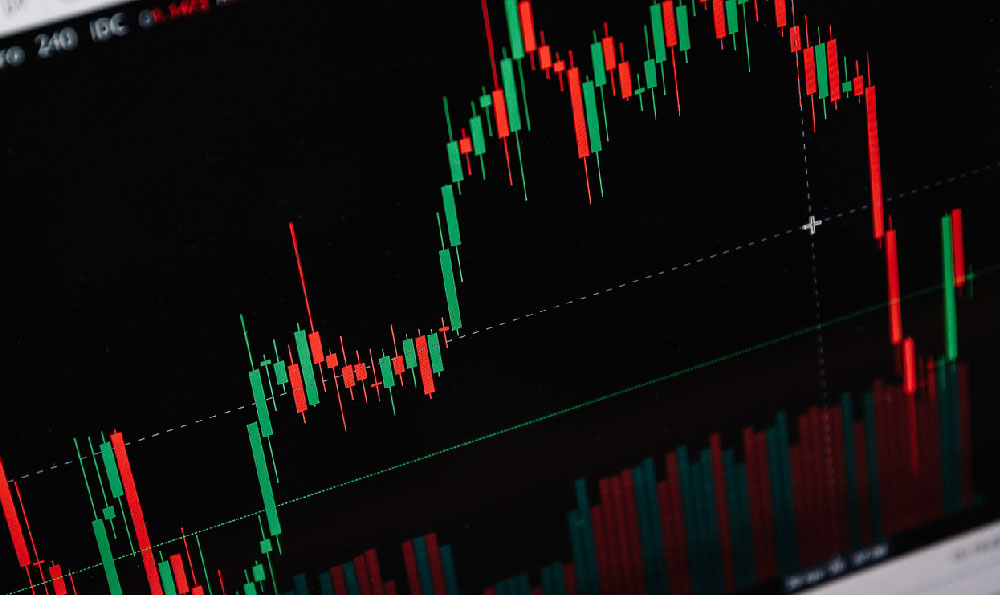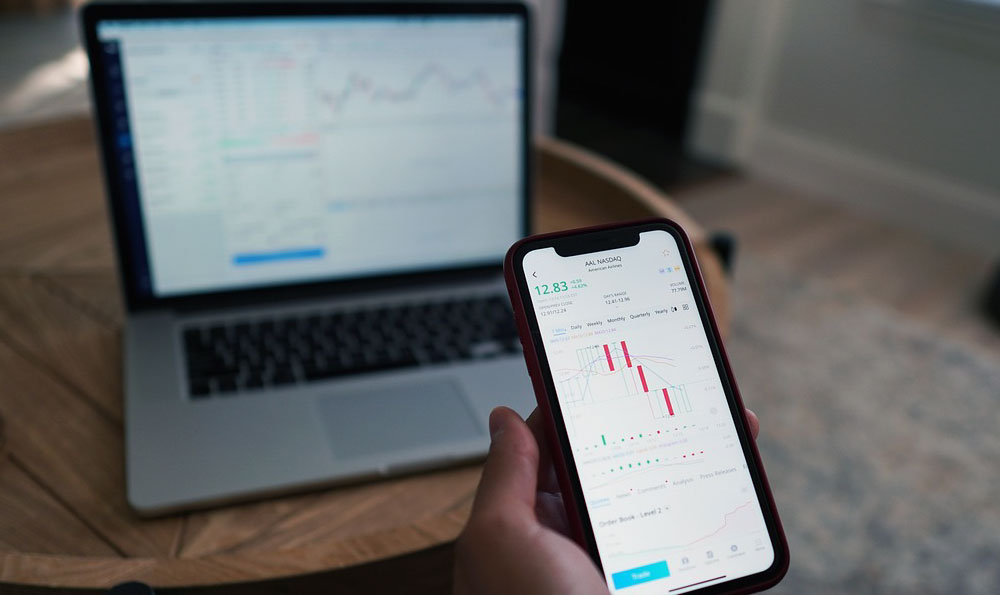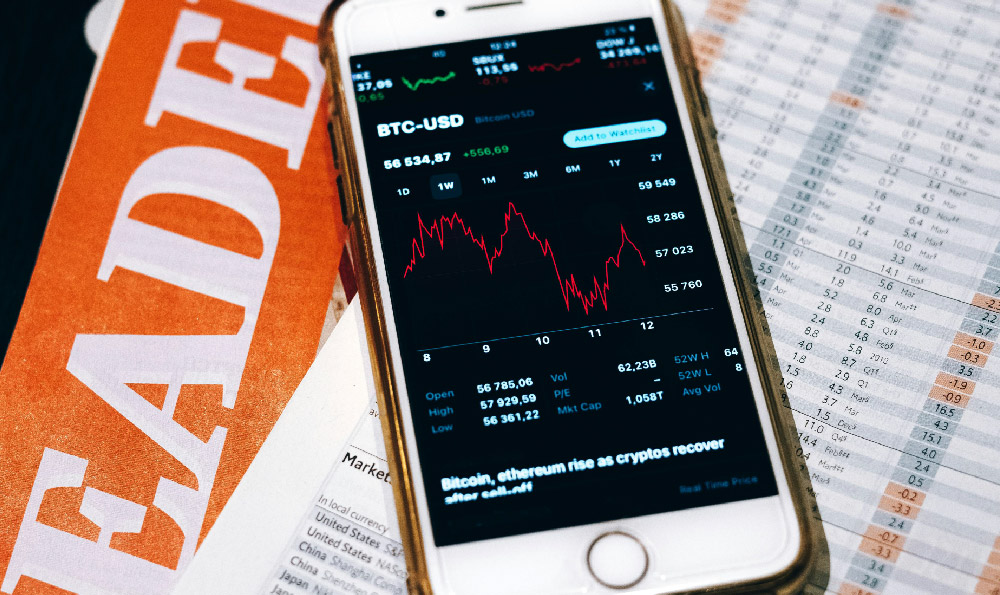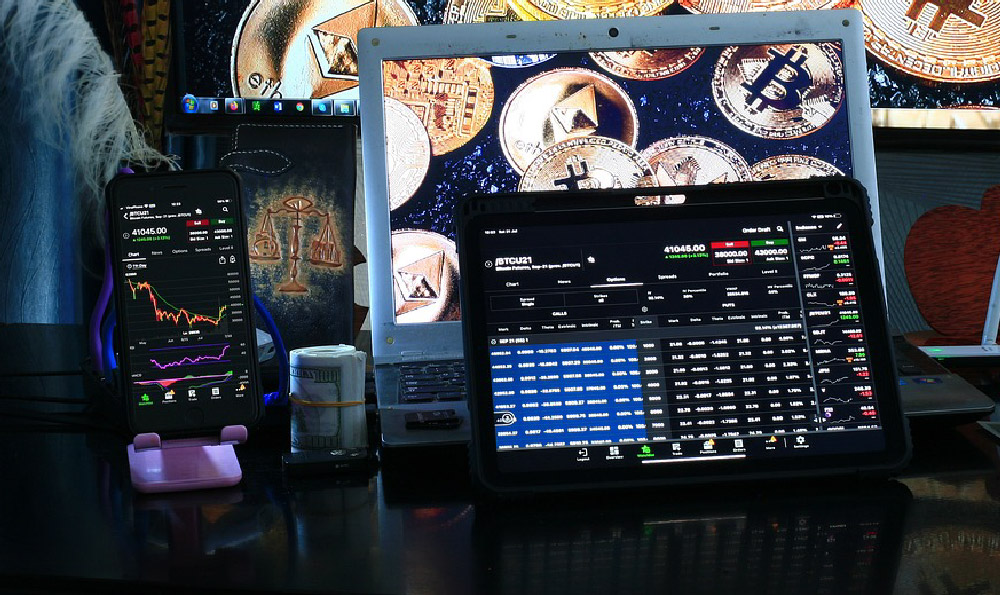How to Mine Bitcoin for Profit: Is It Still Worth It?
Mining Bitcoin, once the exclusive domain of tech-savvy pioneers, has evolved into a complex and competitive industry. Determining whether it remains a worthwhile pursuit in today's landscape requires a nuanced understanding of the associated costs, potential rewards, and the ever-changing dynamics of the cryptocurrency market. Let's delve into the intricacies of Bitcoin mining to assess its current profitability and long-term viability.
The fundamental principle of Bitcoin mining revolves around verifying and adding new transaction records to the blockchain, Bitcoin's decentralized public ledger. Miners compete to solve complex cryptographic puzzles using specialized hardware. The first miner to solve the puzzle is rewarded with newly minted Bitcoin, as well as transaction fees from the block they validated. This process not only secures the network but also introduces new Bitcoin into circulation, adhering to the protocol's predetermined supply schedule.
The profitability equation for Bitcoin mining hinges on several critical factors. The most significant is the cost of electricity. Mining equipment consumes substantial amounts of power, and electricity rates vary significantly across different regions. Areas with access to cheap and reliable energy sources, such as hydroelectric power or renewable energy farms, offer a distinct advantage. For instance, countries like Iceland and regions in China that boast abundant hydropower have historically been attractive locations for mining operations. However, recent regulatory changes and environmental concerns have prompted a shift in these dynamics.

Another crucial element is the mining hardware itself. Application-Specific Integrated Circuits (ASICs) are the dominant force in Bitcoin mining. These specialized chips are designed specifically for the purpose of solving the cryptographic algorithms that underpin the mining process. The efficiency of an ASIC miner is measured by its hash rate (the number of calculations it can perform per second) and its power consumption. Newer generation ASICs are significantly more efficient than older models, meaning they can generate more Bitcoin for the same electricity cost. Investing in the latest generation ASICs is crucial for remaining competitive. However, these units can be expensive, representing a significant upfront capital expenditure.
The difficulty of the Bitcoin network also plays a pivotal role. The difficulty is dynamically adjusted to maintain a consistent block creation rate of approximately one block every 10 minutes. As more miners join the network and increase the overall hash rate, the difficulty increases proportionally. This means that miners need to expend more computational power to solve the puzzles and earn rewards. When the difficulty increases, the profitability of mining decreases, as each miner's share of the rewards diminishes.
Furthermore, the price of Bitcoin is a critical determinant of mining profitability. If the price of Bitcoin increases, the value of the block rewards increases, making mining more profitable. Conversely, if the price of Bitcoin decreases, the value of the rewards decreases, potentially making mining unprofitable. The volatile nature of the cryptocurrency market means that mining profitability can fluctuate significantly over time, making it a risky venture.
Beyond these core factors, there are other considerations that can impact the profitability of Bitcoin mining. These include the cost of maintaining and operating the mining equipment, the cost of cooling the equipment, and the cost of joining a mining pool. Mining pools allow individual miners to pool their resources and share the rewards, increasing their chances of earning a consistent income. Joining a reputable mining pool can provide stability and reduce the variance in earnings.
Assessing whether Bitcoin mining is still worth it in today's environment requires a thorough cost-benefit analysis. Individuals or entities considering entering the mining arena should carefully evaluate their access to affordable electricity, the cost of mining hardware, the current Bitcoin price, and the network difficulty. They should also factor in ongoing operational expenses and the potential for future fluctuations in the market.
For individuals with limited capital and no access to cheap electricity, solo Bitcoin mining is likely to be unprofitable. The high cost of hardware and the intense competition make it difficult for small-scale miners to compete with larger operations. However, joining a mining pool may offer a way to participate in the mining process and earn a small income.
For larger entities with access to substantial capital and cheap electricity, Bitcoin mining may still be a viable investment. However, it is important to conduct a thorough due diligence and develop a comprehensive business plan that takes into account all of the relevant factors. The cryptocurrency market is inherently volatile, and there is no guarantee that mining will be profitable.
Looking ahead, the future of Bitcoin mining is uncertain. The block reward halves approximately every four years, reducing the amount of new Bitcoin that is created. As the block reward diminishes, transaction fees will become increasingly important for miners to earn a profit. The long-term sustainability of Bitcoin mining will depend on the continued adoption of Bitcoin and the willingness of users to pay transaction fees.
Moreover, growing concerns about the environmental impact of Bitcoin mining have led to increased scrutiny and calls for more sustainable mining practices. The high energy consumption of Bitcoin mining has raised concerns about its contribution to climate change. As a result, there is a growing demand for Bitcoin mining operations to transition to renewable energy sources. The future of Bitcoin mining may depend on its ability to become more environmentally friendly and sustainable.
In conclusion, determining whether Bitcoin mining is still a worthwhile endeavor necessitates a comprehensive evaluation of various factors, including electricity costs, hardware expenses, network difficulty, and Bitcoin's price volatility. While opportunities may exist for larger entities with access to inexpensive energy and substantial capital, small-scale miners may find it challenging to compete. The evolving regulatory landscape, environmental considerations, and the eventual halving of block rewards will further shape the future of Bitcoin mining, demanding adaptability and innovation from those who seek to profit from this complex and ever-changing industry. Prudent financial planning and a thorough understanding of the risks are crucial for anyone contemplating embarking on the journey of Bitcoin mining.















